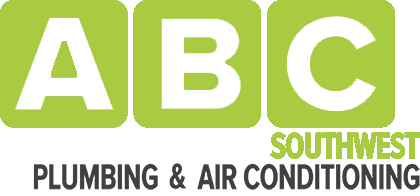The Advantages and Disadvantages of Sewer Pipe Materials
The type of sewer pipe material your home has will depend on its age. Older homes often have clay or cast iron pipes, while newer homes are most likely to use plastic. However, as older sewer lines are replaced, it’s becoming more common to find plastic lines in oder homes.
Clay Sewer Pipes
Clay is one of the oldest pipe materials still in use today. It’s main advantage is that it’s inert and resistant to chemical degradation. The downside of clay sewer pipe is its porous surface, which makes it a magnet for tree roots. It is also more brittle than some other pipe materials.
Cast Iron Sewer Pipes
As with clay pipe, cast-iron sewer pipe is more commonly found in older homes, although it is still commonly used today. The main advantage of cast iron is it’s long lifespan and strength. A 4″ diameter sewer pipe can withstand almost 5,000 pounds of pressure per linear foot. By comparison, a plastic sewer pipe can be damaged by a person standing on it! Cast iron’s main disadvantage is weight.
Plastic Sewer Pipes – PVC and ABS
Plastic sewer pipe is made from either ABS and PVC. Its smooth surface provide excellent carrying capacity of waste and makes it resistant to tree root intrusion. It must be installed carefully however, as plastic is not as strong as other materials and can bend or collapse if not sufficiently supported with sand or gravel.
Orangeburg Sewer Pipes
Orangeburg is a pipe material you’re unlikely to encounter these days, and for good reason. Made from wood fiber held together with adhesive and impregnated with liquefied coal tar, Orangeburg pipe was lightweight and easy to work with, but was also weak and prone to failure, which has resulted in many sewer lines being replaced over the years.
Have question about your sewer line? Call ABC Southwest Plumbing & Air Conditioning, we can help.
Neighbors Are Saying About ABC





